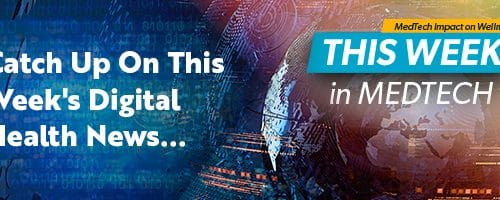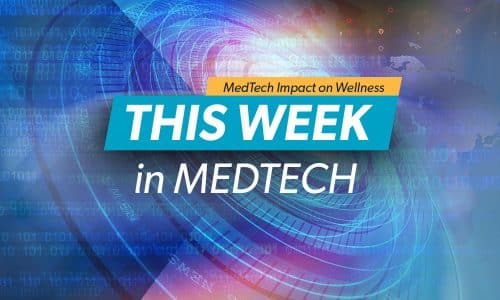This week’s digital health news…
Stanford releases a new “Health Trends Report”
Earlier this week, Stanford School of Medicine released a full report on the evolving challenges and trends experienced in the healthcare industry of 2018. The report, titled
“The Democratization of Health Care,” highlighted both the benefits and challenges of healthcare’s shift toward health data technology, noting that digital health has empowered patients and physicians. The report additionally outlined the three pillars of healthcare democratization 1. Intelliegent computing, 2. Sharing, 3. Security, privacy, and safety. In recent years Stanford has risen as a national leader in digital health research.
Change Healthcare acquires assets from blockchain API startup PokitDok
On Tuesday morning, Change Healthcare–a health IT software provider–announced the acquisition of key resources from API startup Pokit Dok: including its IP, employees, and software. In a statement, Gautam Shah, VP of APIs at Change Healthcare, stated: “The combination of assets, technical talent, and market presence will enable our customers and partners with the tools, community, and expertise to leverage data and technology to create innovative solutions for all parts of the healthcare ecosystem: payers, providers, and consumers.” The acquisition marks the growing trend of digital health providers moving towards blockchain solutions.
Providence St. Joseph Health hires another Microsoft executive
Providence St. Joseph Health–the third largest health system in the United States–announced the appointment of former Microsoft executive B.J. Moore as Chief Information Officer. While at Microsoft, More led efforts to oversee the development of the company’s cloud and artificial intelligence solutions. Moore is one of several former tech executives hired by St. Joseph in recent years. In a public statement, Providence St. Joseph Health President and CEO Rod Hochman, MD noted: “Healthcare is the last bastion to fully enter the digital age. With data, cloud computing and artificial intelligence poised to enable and improve the way care is delivered, health systems need leaders who are well versed in the technology fields.”
UPMC partners with supermarket chain to place telehealth kiosks in grocery stores
The University of Pittsburgh Schools of Health Sciences has partnered with supermarket chain Giant Eagle to equip grocery stores with telehealth kiosks. “The kiosks, available for use by anyone in Pennsylvania, regardless of their insurance status, will allow people to connect in minutes to UPMC clinicians for treatment of minor illnesses.” Natasa Sokolovich, executive director of telehealth at UPMC, stated: “With UPMC AnywhereCare already available on smartphones, tablets and personal computers, our partnership with Giant Eagle is one more way to make our high-quality care accessible to patients when and where they want it.”
FDA approves Medtronic’s Implant Programmer
The FDA has cleared a smart programming device used to control overactive bladders, chronic fecal incontinence, and non-obstructive urinary retention. Developed by Medtronic–the world’s largest medical device company–the device will allow patients to adjust implant therapies, and provide physicians with a timely and detailed account of therapy adjustments.
Walgreens partners with Alphabet’s Verily to cut health care costs
Walgreens has announced a partnership with Verily, the life sciences division of Google parent company Alphabet. The partnership will focus on medication adherence, which currently costs the U.S. healthcare system nearly $300 billion a year: an enormous financial burden that many companies and clinicians have sought to lessen. A virtual database, and various medical devices, will be deployed at Walgreens’ pharmacies to help cut healthcare costs. In a released statement, Walgreens CEO Stefano Pessina remarked: “We’re focused on finding innovative ways to deliver better patient care at lower costs, and working with the right healthcare partners to help bring new services and solutions to our patients and customers.”




